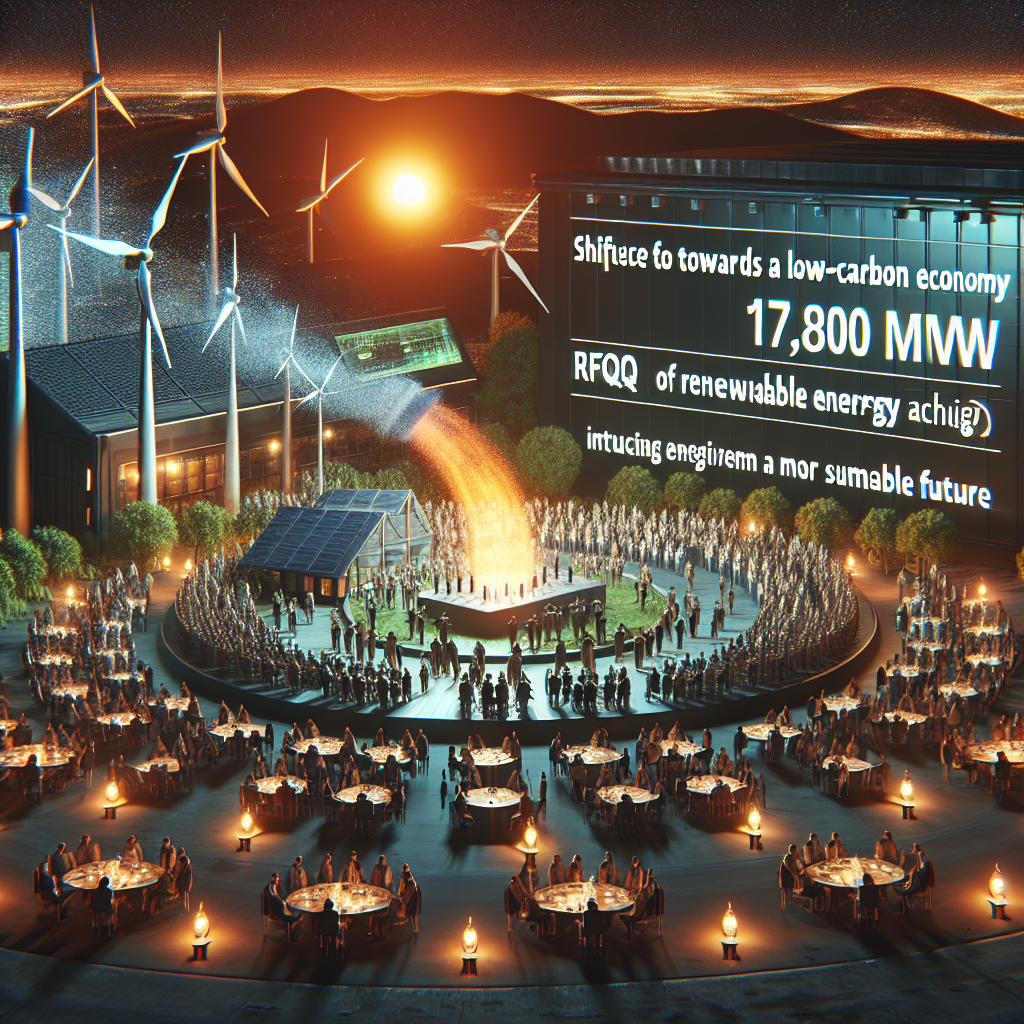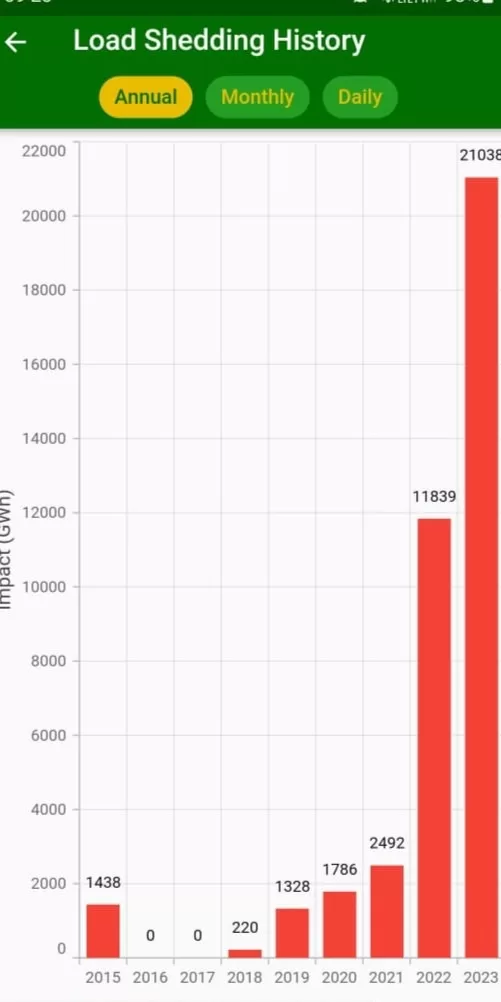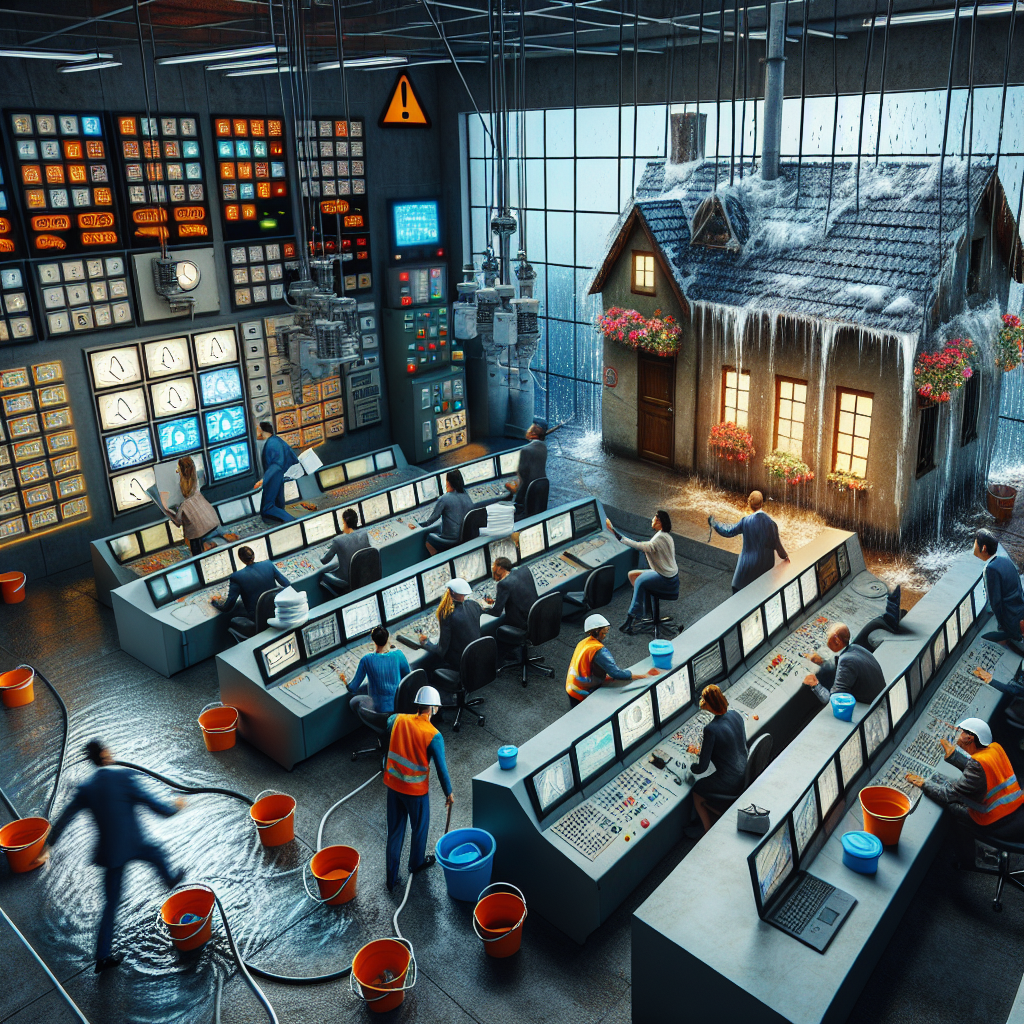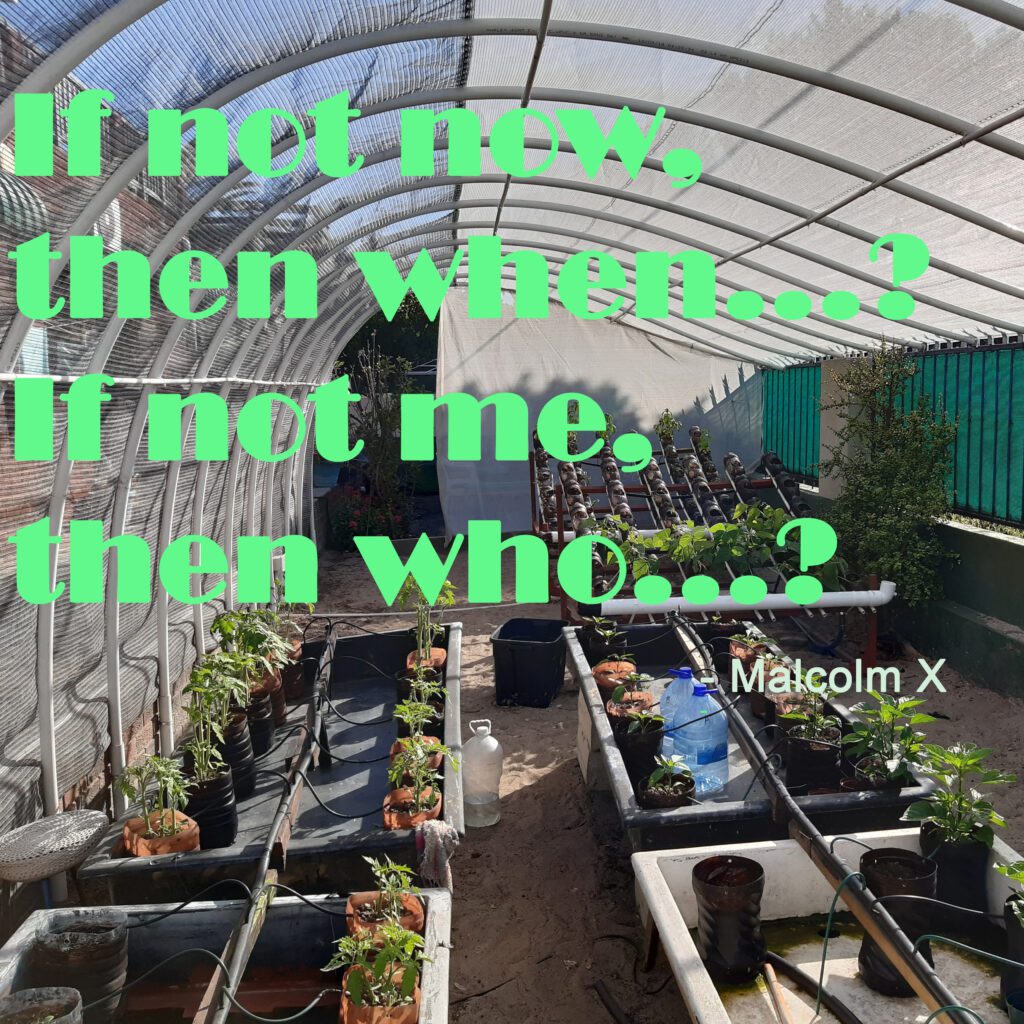NIMBY, short for Not In My Backyard, describes the reluctance of residents to support projects or activities in their community, even if they are deemed essential. While individuals may understand the importance of these projects, they oppose having them near their homes out of concern for potential negative effects on their quality of life, surroundings, or property worth. This term is commonly used in conversations surrounding infrastructure initiatives such as waste facilities, energy plants, or airfields.
Introduction of IRP2010

Welcome to the final part of the course. Throughout this course, you have acquired knowledge about various free energy systems and their functionality and cost. Now it is time to discuss the implementation of these systems in South Africa to combat the Energy Crisis. It is crucial to understand that the Government Parastatal – Eskom, manages energy generation and distribution in South Africa. Eskom has control over the grid and only allows its own generation units to supply power. In the past, energy generation in South Africa heavily relied on coal, with only a small percentage coming from hydro-pump storage.
The goal of the IRP 2010 was to shift towards a low-carbon economy by reaching 17,800 MW of renewable energy by 2030, sparking enthusiasm for a more sustainable future. A request for qualifications (RFQ) was released by the government for renewable energy initiatives, drawing attention from various companies and organizations.
Transitioning from RFQ to Bidding Windows and NIMBY.
After receiving submissions for RFQs, the government unexpectedly shifted its stance by introducing “Bidding Windows” for the Renewable Energy Independent Power Producer Procurement Programme (REIPPPP), moving towards a competitive bidding process. This change represented a significant shift in how renewable energy initiatives were procured. The sudden change in approach left participants and the public confused, as it differed from the original plan outlined in the IRP 2010. Questions arose about the reasons behind this switch and whether it would impede progress towards renewable energy targets. It appeared that the government had initially issued RFQs to assess the cost of renewable energy, then allowed companies to bid for installation.
Introduction of NIMBY REIPPPP
The REIPPPP invited Independent Power Producers (IPPs) to partake in bid windows which require them to meet various criteria including technical, financial, legal and socio-economic aspects. IPPs are obliged to secure funding, land rights, permits, and equipment for their projects. They must also contribute to local community development through job creation, skills training, supporting local businesses, and investing in social infrastructure. This new requirement has sparked discussions among stakeholders, seeking clarity on how these projects can achieve this objective, either through job creation, local investment, or providing affordable energy to underserved areas.
It is important to mention that Eskom SOC Conventional Coal-Fired Stations do not require any of these criteria.
Since the implementation of REIPPPP, there have been six Bid Windows, including the first controversial one.
Launched in August 2011, the project had a total generation capacity of 1 415 MW. The 28 projects attracted a total investment of R47.4 billion, with an average local content spend of 28.5%. The average price of electricity was R3.65/kWh, while the average price for Eskom direct customers was 70c/kWh.
Launched in March 2012, allocated 1 043 MW of generation capacity. The total investment attracted from 19 projects was R28.1 billion, with an average local content spend of 36.7%. The average price of renewable energy was R2.18/kWh. The average price of electricity for Eskom direct customers was 78c/kWh
Launched in May 2013, allocated 1 456 MW of generation capacity. The total investment attracted from 17 projects was R45 billion, with an average local content spend of 43.9%. The average price of renewable energy was R1.36/kWh. 2013: The average price of electricity for Eskom direct customers was 79c/kWh.
Launched in August 2014, allocated 2 205 MW of generation capacity. The total investment attracted from 26 projects was R56.6 billion, with an average local content spend of 48.5%. The average price of renewable energy was R0.79/kWh. The average price of electricity for Eskom direct customers was 79c/kWh
Launched in April 2021, allocated 2 583 MW of generation capacity. The total investment attracted from 19 projects (out of 25) that have signed legal agreements so far was R34.3 billion, with a minimum local content spend of 40% during construction and 45% during operation23. The remaining six projects are still in discussions with the Department to conclude the procurement. The average price of renewable energy was R0.47/kWh. The average price of electricity for Eskom direct customers was 134.30c/kWh.
Launched in June 2021 and closed in August 2021. The preferred bidders have not been announced yet, but the bid window aims to procure a total of 2 600 MW, increased to over 4200MW, from wind and solar PV projects, with a minimum local content spend of 40% during construction and 45% during operation. The preferred bidders have not been announced yet. The average price of electricity for Eskom direct customers was 146c/kWh in 2022, with expected price hike up to 159.24c/kWh in 2023.
Carrot in front of the Donkey
The Renewable Energy Independent Power Producer Procurement Programme (REIPPPP) has been a game-changer in South Africa’s energy sector, attracting private investments and driving down the costs of renewable energy. In just four years, the initiative has successfully reduced the average cost of renewable energy to match that of coal power generation, making it a more attractive option for investors. Additionally, the program has significantly increased local content requirements, leading to the growth of local industries and the creation of new job opportunities. The success of the first three phases of the REIPPPP has set a solid foundation for the future of renewable energy in South Africa, showcasing the program’s effectiveness in promoting economic growth and sustainability.
Despite the success of the REIPPPP, there have been challenges due to issues like State Capture and misguided attitudes. During a period of load shedding, which had severe effects on industries and individuals, the government believed everything was under control without realizing the impact on sectors like Mining. Saldanha Steel had closed down and many installation contractors at Medupi went bankrupt. This lack of foresight and negligence does not bode well for the future of South Africa’s energy sector.

Adding to these problems were the challenges experienced by the coal-fired power stations, Kusile and Medupi. Despite their importance in meeting the country’s energy needs, these plants faced reliability and operational issues, resulting in significant delays in reaching their full capacity. These obstacles underscored the importance of transitioning to a more sustainable and diverse energy mix. It begs the question why halt Bidding Windows just as the installation costs were becoming more competitive than coal? The result is that State Capture has severely hindered our ability to address these issues.
State Capture and the Implementation of Renewable Energy in South Africa
South Africa, a country rich in natural resources, has been grappling with the issue of state capture, a form of systemic political corruption, which has significantly impacted its energy sector.

The state capture phenomenon in South Africa has had a detrimental impact on the country’s energy sector, particularly in relation to Eskom, the national power utility. Corruption and mismanagement within the utility have led to financial instability and a decline in operational performance, resulting in frequent power outages that have negatively affected the economy and quality of life for many South Africans.
Renewable energy presents a potential solution to South Africa’s energy crisis, as the country has abundant solar and wind resources that could provide a sustainable and reliable energy supply. However, state capture has hindered the implementation of renewable energy projects, with corruption, lack of political will, and policy uncertainty discouraging investment in this crucial sector. Addressing state capture and promoting renewable energy development is essential for South Africa to overcome its energy challenges and build a more sustainable future.
After State Capture…
South Africa is facing an urgent energy crisis as Eskom’s coal generating lifespan comes to an end. The reopening of the REIPPPP in 2021 has attracted low bids from renewable energy suppliers, showing fierce competition and desperate measures for survival by local companies. The program has transformed the energy landscape by attracting private investment, reducing costs, creating jobs, and stimulating development. Despite challenges, the program is crucial for the country’s energy sector’s sustainable future. The expansion of the REIPPPP BW6 to 4,200 MW highlights South Africa’s commitment to increasing renewable energy capacity. Challenges remain in finalizing projects and ensuring infrastructure is in place, but with continued support and policies, South Africa can pave the way for a sustainable energy future.
It is crucial for governments and organizations to continue supporting the transition to renewable energy through policies, incentives, and public awareness campaigns. By addressing these key factors, South Africa can pave the way for a sustainable and environmentally friendly energy future.

Conclusion
We trust that our efforts in this course on RE Systems have equipped you with the tools and knowledge needed to grasp the challenges facing us in South Africa Among these challenges is the pressing issue of increasing demand for electricity, necessitating a shift from traditional power generation to sustainable, renewable sources. With our resilient history, I believe we will overcome these obstacles and emerge victorious. It is crucial to return to our roots and prioritize sustainability on our individual plots of land now more than ever.
Become an IMBY!
In order to have a significant influence on the environment, it is essential to first assess and analyse our own surroundings. By evaluating our yard, plot, and immediate environment, we can gain valuable information on how we can make positive changes.
Reducing our Energy Consumption
Reducing energy consumption is essential for creating a sustainable and environmentally-friendly future. Implementing energy-efficient practices in daily life, investing in energy-efficient appliances, improving insulation, and utilizing renewable energy sources are effective ways to lower energy usage. By doing so, individuals can save on energy bills, reduce their carbon footprint, and contribute to a greener future while also benefiting the environment and the economy.
By following three simple steps, your household can begin the journey towards self-sustainability.
- Reduce your consumption by switching off lights, etc when not required.
- Increase your Efficiency by installing LED lights, power efficient motors and heat insulations.
- Adopting RE technology and only apply them to energy efficient devices.

Final Word
This marks the end of the “Introduction to fREe Renewable Energy“. Thank you for your time and I hope you have learned something valuable. I certainly have, simply by expressing my thoughts. It can be disheartening at times to be an IMBY (In My Backyard), but every small contribution makes a difference. Writing this has given me a renewed sense of motivation to take action.
-Stay Safe!
Back to Course outline

If you have found value in the insights and guidance provided in this course, I kindly request your consideration in making a donation to support the IMBY cause. Your contribution will directly support our Sustainability Test Station (STS), where we relentlessly pursue innovative solutions to pressing challenges in Sustainable Development.
- Free Soda Bottle hydroponic plans
- 5 Essentials for Vermiculture
- 3 ways to make your own Mushroom spawn.
Please do not hesitate to contact us via email if you have any inquiries, questions, need advice, or would like to provide advice.






